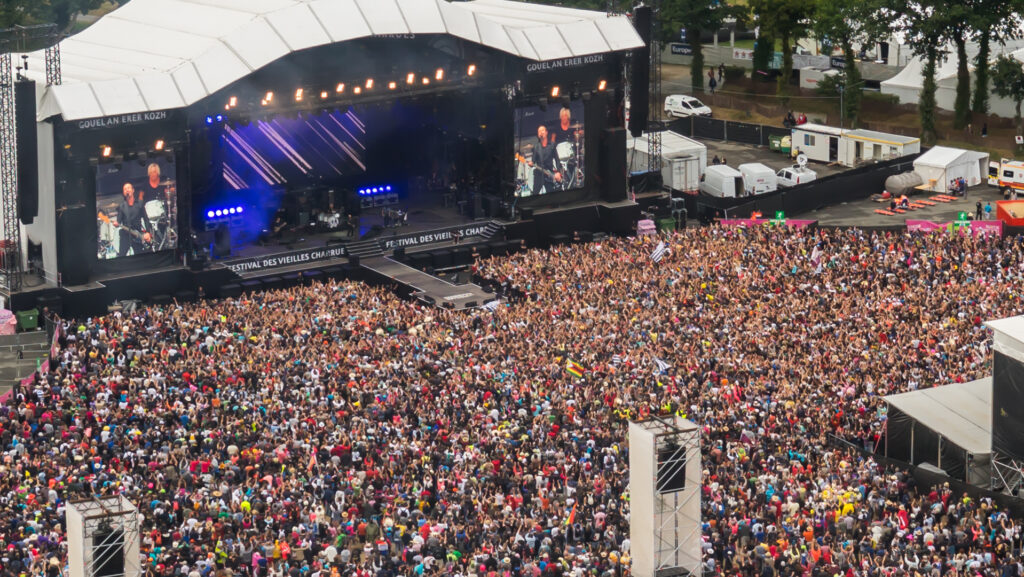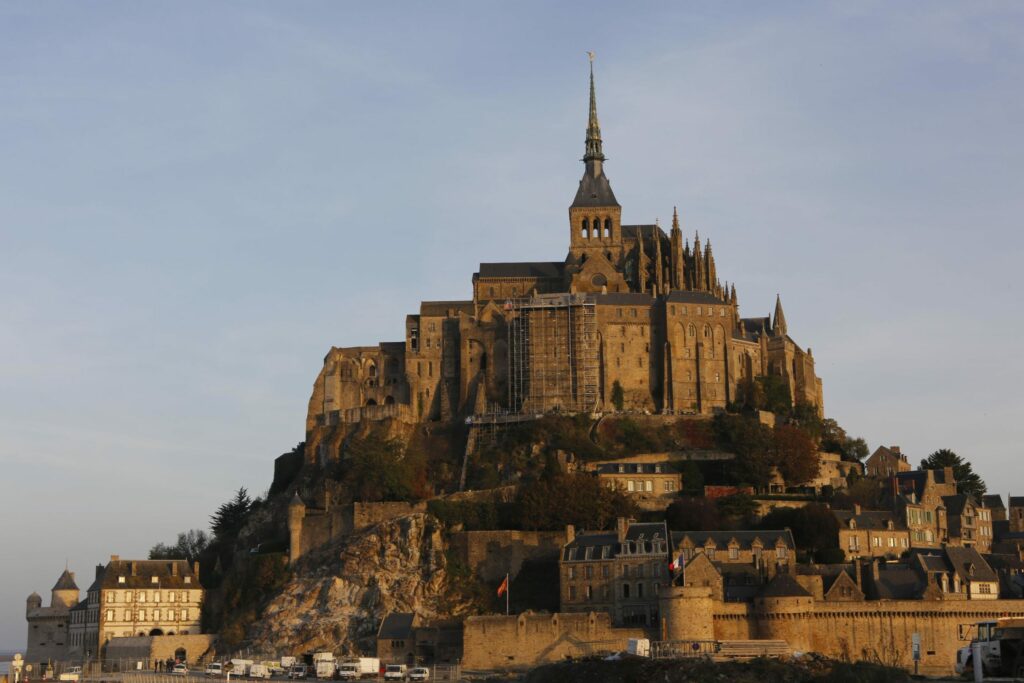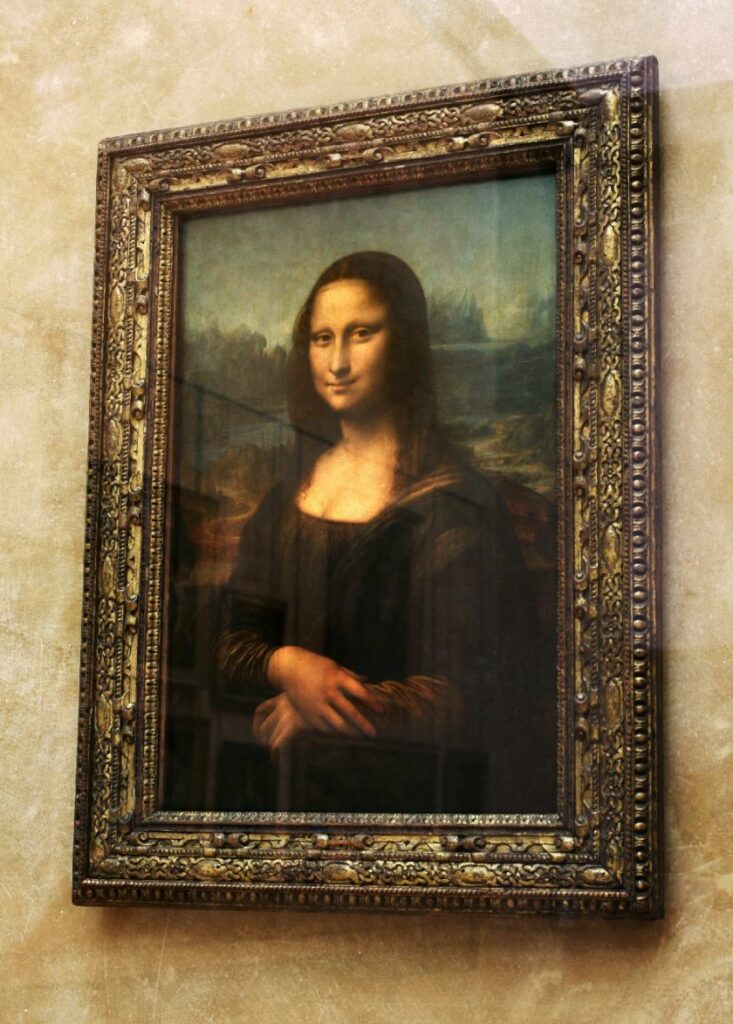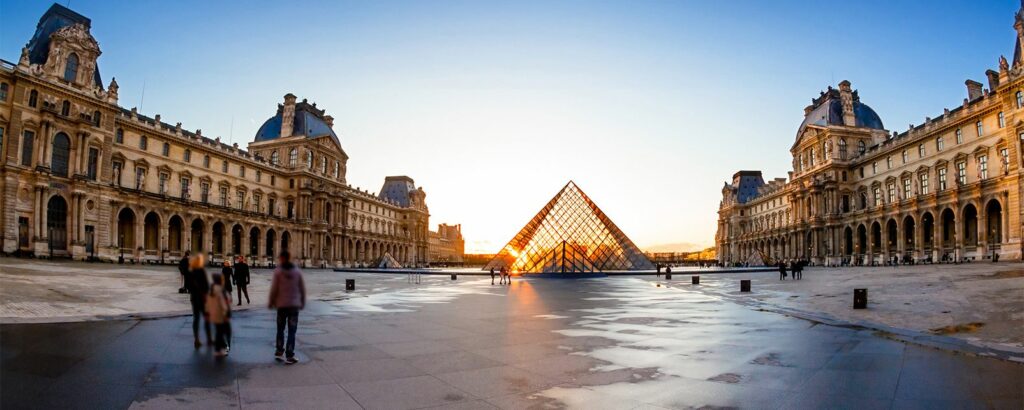Culture And Tourism Do They Get Together?
Culture And Tourism Do They Get Together?
In philosophy, the word Culture designates what is different from nature. Culture has long been considered a characteristic feature of humanity, which distinguished it from animals. for an international institution such as UNESCO: “In its broadest sense, culture can today be considered as the set of distinctive, spiritual, material, intellectual and affective traits that characterize a society or a social group. It encompasses, in addition to the arts, letters and sciences, ways of life, laws, value systems, traditions and beliefs”. This “common reservoir” evolves over time through and in the forms of exchanges. It is constituted in multiple distinct ways of being, of thinking, of acting and of communicating in society.
Here is the definition of Culture found in Wikipedia today.
But in fact, even if culture uses a very broad field, it is still well oriented towards heritage and the arts in the collective imagination. The Directorate General of Enterprises will tell us the following facts about the sector:
With more than 8,000 museums, including 1,200 « Museums of France », 1,500 festivals, 44,000 listed and registered historical monuments, 40 cultural sites on the UNESCO World Heritage List, exceptional parks and gardens and internationally recognized know-how, the cultural and heritage offer represents one of the main tourist assets of France.
The weight of this sector is estimated at nearly 100,000 jobs and 15 billion euros in economic benefits.
On the other hand, tourism is the first way of accessing culture since it generates more than 60% of the visits to these sites. In France, tourism and culture are two complementary themes. Indeed, if tourism professionals exploit the cultural richness of a destination to increase its attractiveness and generate economic benefits, tourist attendance also contributes to the survival of cultural sites. This is one of the main reasons for staying for French and foreign tourists, regardless of their country of origin.
Beyond the big cities, the tourist frequentation generated by cultural sites has a direct impact on the economic development of the territories, whether in terms of jobs and economic revenue. Thus, culture has become the catalyst for local tourism strategies.
Aware of the weight of cultural tourism in France and the need to initiate coordinated actions to develop this sector, the ministries responsible for culture and tourism updated a framework agreement on January 19, 2018. The desire is to provide France with a more offensive strategy to increase the economic benefits of tourism through the promotion of cultural sites and events.
Source: DGE website
Cultural tourism is well taken into account by the DGE in French tourism policy, a natural fact in view of the audiences that major French cultural sites have made in recent years…
- The Louvre Museum 8.1 million visitors (+9.5% compared to 2016)
- The Palace of Versailles with 7.7 million (+15.1%)
- The Eiffel Tower is in third position with 6.2 million visitors (+5.6%)
- Mont Saint Michel: 2.5 million in 2016
- The Pont du Gard – 1,201,000 visitors
Audiences are very good, even increasing for certain sites and it is clear that French history and heritage are a real asset for national tourism and facilitate France’s appeal to international populations.
BUT ART AND CULTURE ARE NOT EVERYTHING…
Culture And Tourism Do They Get Together?
Even if art is within everyone’s reach, I would like to come back to an annoying French habit of trying to put a more or less successful work of art on each roundabout in France. I reassure you right away, this is not what will attract new tourists to your territory tomorrow…
Art is defined in several families according to a classification of the arts, established in 1969 by the philosopher Étienne Souriau based on seven sensory characteristics.
- Architecture
- Carving;
- Visual arts (painting, drawing, etc.);
- Music ;
- Literature (poetry or dramaturgy);
- Performing arts (theater, dance, mime, circus);
- Movie theater ;
Some add as 8th art, television and television series.
I would give a dynamic vision of culture through the arts. The arts have the ability to appeal to the imagination of each individual, and this is perhaps what tourists come to seek in cultural tourism. So our roundabout is far from it…
Many examples show us the interest of the use of culture within the territories. Four days and 280,000 spectators, the organizers of Les Vieilles Charrues are delighted with the results of their « colossal » 2018 edition, which is unexpected for the small Breton town of Carhaix. But the joy of a successful edition does not prevent vigilance for the future. « Our festival must find a solution to reduce the financial risk », underlined during a press conference Jean-Luc Martin, president of the festival. “There is the equivalent of a Stade de France in Carhaix. We can host events outside of July”, he underlined, recalling that each evening, the plain of Kerampuilh welcomed around 70,000 people. Managed by a non-profit association and relying on a network of 7,000 volunteers, the festival must sell 205,000 tickets to break even. The sale ensures 80% of its budget, the remaining 20% coming from partners or patrons. « The economic model of Les Charrues is becoming an exception in a rapidly changing sector between the concentration of the environment and growing competition », observes Jérôme Tréhorel

We cannot therefore generalize a success like the Vieilles Charrues to all cultural events, far too many factors come into play to make these events a success or not. With this, the question arises of the management of the injection of so many visitors at the same time in a territory. Are the roads made for? Are the health and safety conditions met? Basically how to succeed in tourist reception…
SO HOW TO USE CULTURE WITHIN YOUR TOURISM STRATEGY?

Culture And Tourism Do They Get Together?
Whether through natural or cultural heritage, whether through art, it seems to me that the interest of the territory is to play the card of authenticity. Let me explain… A mountain territory can use cultural facilities around water as a tourist tool, as Saas Gründ does in Switzerland with its water trail around well-being in the mountains since it is a local natural resource. The Bordeaux castles and wine tourism on the Médoc Atlantique side are also a very good example of the adaptation of tourism to local resources. It’s not worth overdoing it, cultural tourism can only work if the terrain is right for it.
« The emergence of new forms of tourism, such as gourmet tourism, solidarity and fair tourism or even cultural tourism, testifies to the constant expansion of tourist intentions and questions their social meaning. In addition to the growing complexity of the tourist field which As a result, we are witnessing the proliferation of destinations.All places, whatever their scale – from restaurants to ecological parks to entire cities – or whatever their location – from the neighboring district to the country located in the other end of the planet – are likely to become destinations. Now without geographical or physical limits, new forms of tourism are also ways of going beyond symbolic, imaginary and cultural limits. If new destinations are offered, the old ones are also likely to be constantly renewed, so that the dynamics of change in turn open up possibilities s infinite. » says Jean-René Morice in his book – Heritage, a tool for boosting tourism in villages? –
BUT COULDN’T TOURISM AFFECT CERTAIN SITES BY TOO MUCH VISITATION?
Culture And Tourism Do They Get Together?
I mentioned previously the Mont Saint Michel, the first French tourist site after Paris today encounters many problems brought by cultural tourism. Overcrowded transport, congested roads, mediocre services on the site… Two reports point to the failures of a site that has lost a million visitors in a decade. The reception conditions at Mont Saint Michel and their financing are pinpointed in two reports, one from the Regional Court of Auditors (CRC), the other from the Regional Economic and Social Council (CESER). « A series of dysfunctions and problems recur in the subject of tourist reception » on this site classified as a UNESCO World Heritage Site. If the site remains one of the most visited in France outside the Paris region, it has lost some 1 million tourists in recent years. They were 3.5 million each year at the end of the 2000s according to Unesco to visit the abbey classified as a UNESCO World Heritage Site, they were only 2.5 million in 2016.


But new visions of harmony between tourism and culture are currently emerging. During the completion of the facilities intended to welcome the public to the Louvre Museum, Jean-Luc Martinez, its director general, observed, on July 6, that “ tourism is changing”. “The question is no longer so much about increasing the number of visitors [according to the DEPS, in 2015 the Louvre retained its position as the most visited museum in the world with 8.7 million visitors, even if this number is down compared to 2014 (Editor’s note)] than knowing how to welcome them and help them learn as much as possible from their visit. The main thing is to offer our visitors a more welcoming, more accessible and more generous Louvre”, he added.
At a time when some sites are complaining about the excesses of mass tourism, the influx of visitors to culturally oriented tourist sites can also raise the same questions. Isn’t it time to favor the quality of reception more than its quantity? Do we not have to take into account the premature wear due to the passages of the public? Isn’t it time to integrate an environmental concept into any tourism policy in order to draw from it a concept of sustainability?
So ? Culture And Tourism Do They Get Together?
The Alps agency accompanies throughout the year a good number of territories in their strategies or their reflections that make the difference. Do you want to know our references? Contact us
You wish to organize a conference on this theme, contact us too, we will analyze your needs together.
You can read all the other articles of the Alps Agency in the Blog section and discover all the services we can offer you.
This article was written by François Veauleger



